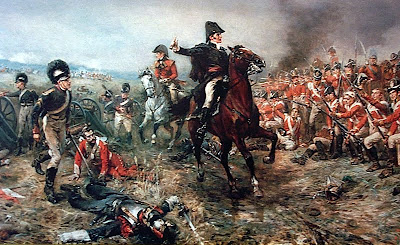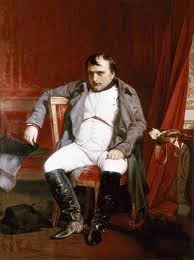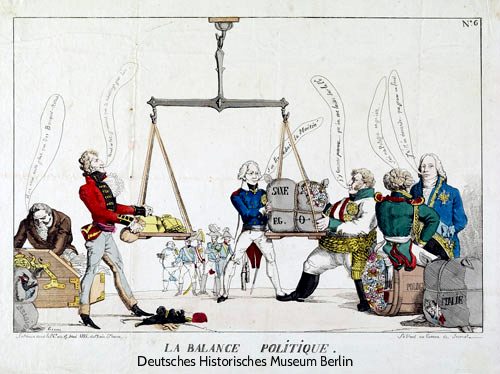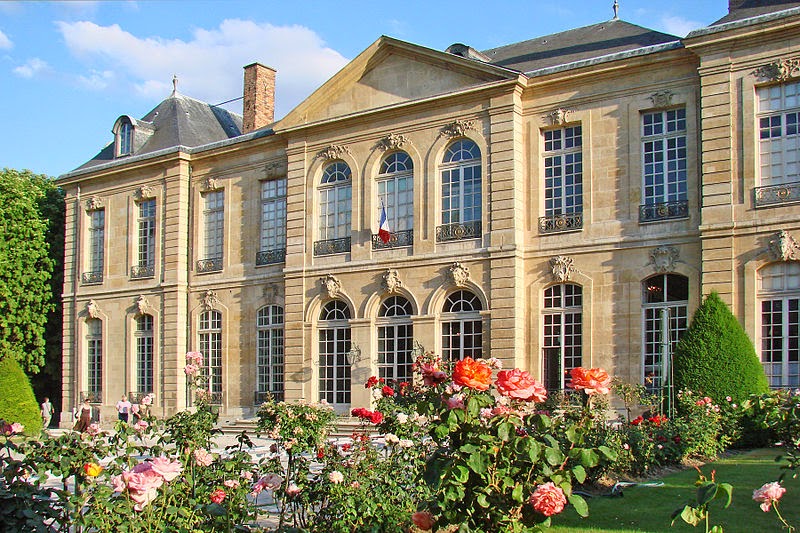Victoria here, writing about the presentation I am making on Wednesday, July 23, 2014, to the Beau Monde conference in San Antonio: The Battle of Waterloo and A Visit to the Battleground, June, 2010.
Hero of the day, the 1st Duke of Wellington
We have written many times on this blog about Waterloo, the battle, and our visit. The most complete account is
here. I’ll be using many of the same pictures in my talk in San Antonio.
Wellington, portrayed at the decisive moment of Coalition victory
Robert A. Hillingford Artist
However my emphasis for the writers of Regency-set Historical Novels is a bit broader. What led up to Waterloo and what did it mean in the grand sweep of history? A bit of analysis and a lot of significance.
Napoleon in Exile
After almost a century of war among the European powers, particularly between Britain and France, Napoleon abdicated in June 1814 and was sent to Elba where he was to rule just one relatively small island.
Meanwhile, the European Powers convened the Congress of Vienna to decide what to do with the lands Napoleon had attempted to annex to his empire. In the midst of the Vienna consultations, in February 1815, Napoleon escaped from Elba and returned to France. Within a short period he had reestablished his reign, returned to Paris, and assembled an army. The Congress declared him an outlaw, set up a new Army of the 7th Coalition, and continued its deliberations.
In June, 1815, Napoleon and his army marched north into Belgium (then the Kingdom of the Netherlands) where he hoped to take Brussels as the first step in reasserting his imperial powers. Two of the 7th Coalition armies were nearby; Napoleon hoped to prevent them from joining together.
In the two days of battle and maneuvers that preceded Sunday June 18, Napoleon was almost successful.
But on the fateful day, Wellington’s forces were able to hold off and ultimately defeat the French; the Prussians under General Blucher arrived in the nick of time. For all practical purposes, Napoleon was forever finished.
Waterloo after the battle by Joseph Mallord William Turner RA (1775–1851), Tate Britain
Turner’s painting portrays the horrors of the aftermath, the wounded and dying men and horses, the mud, the searching and grieving friends and relatives, the scavengers, the essential darkness. To stand before it is to feel in your bones the horror of war.
The re-enactors of 2010
In June of 2010, Kristine and I toured the battlefields of the three-day campaign, visited the encampments of the re-enactors from all over Europe, and watched the actual staging of part of the battle itself.
June 18, 2010
Cavalry charges
After Napoleon surrendered once again, he was sent to the remote south Atlantic island of St. Helena where he died in 1821. The settlements signed at the Congress of Vienna were put into effect and there was a general peace, with short intervals of smaller wars, until the outbreak of World War I, almost a hundred years later. In fact WWI prevented any important commemorations of Waterloo, so next year will be a particularly important tribute and memorial.
For more information on Waterloo200, click here.
A modern take of what enabled the Coalition victory under Wellington over Napoleon is here (50 mins, from Youtube). It gives a modern take on why the French were defeated.















.jpg)









